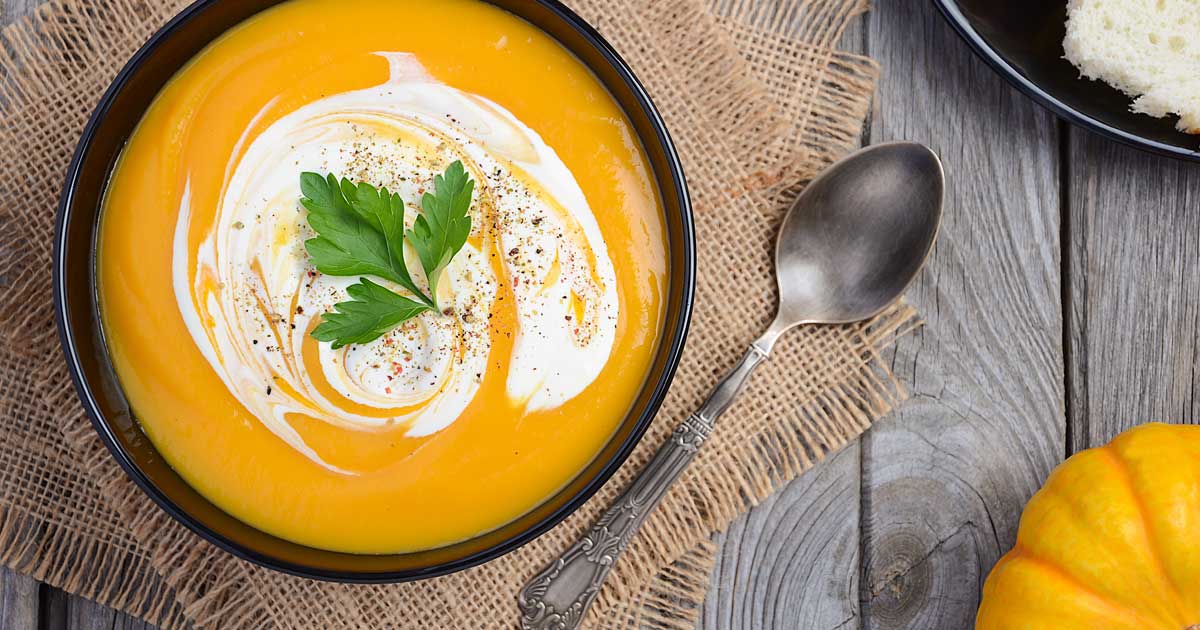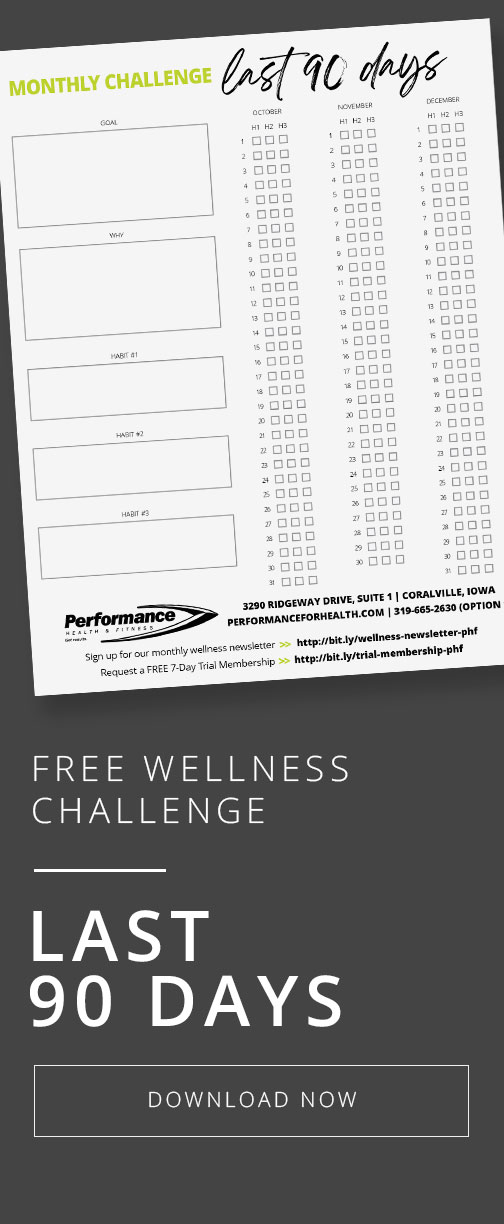It is officially Fall, the air is crisp and cool, and pumpkin-flavored foods are available everywhere. Pumpkin bread, pumpkin muffins, pumpkin bars, pumpkin lattes, pumpkin pies, and the list goes on-and-on. Although many typical pumpkin treats are packed with added sugars and fats, pumpkin itself is a very nutrient-dense fruit.
Benefits of Pumpkin
Pumpkin is packed with vitamins, minerals, and antioxidants that help to reduce inflammation in the body, promote eye health, can improve cognitive function and focus, strengthen the immune system, and aid with sleep. It is also a good source of fiber which improves heart health, aids in digestion, and keeps you feeling full.

How to use Pumpkin in Your Diet
It is very versatile, and can be used in a variety of ways. Pumpkin patches are busy every weekend with people looking for the perfect pumpkin to carve or to be used in a pumpkin pie, but what about other ways to use pumpkin? Try some of these ways to incorporate pumpkin into your day for a nutrient boost:
- Mix pureed pumpkin to Greek yogurt, top with pumpkin seeds, cinnamon and granola
- Blend pureed pumpkin with milk, banana, yogurt, cinnamon & nutmeg for a seasonal smoothie
- Roast pumpkin seeds with seasonings to use as toppings for yogurt, oats, toast, salads, or other entrees
- Roast pumpkin cubes, toss with olive oil and spices for a savory-sweet side dish
- Add pureed pumpkin into your favorite bread, pancake, waffle, or muffin recipes for a seasonal change
- Add pureed pumpkin and pumpkin seeds to oatmeal
- Mix pumpkin seeds with favorite nuts and fruit for a snack
- Blend pumpkin with milk or a stock and season to make soup
- Heat pumpkin puree with milk, cinnamon & nutmeg in a pot, and add to coffee for a lower sugar pumpkin latte


